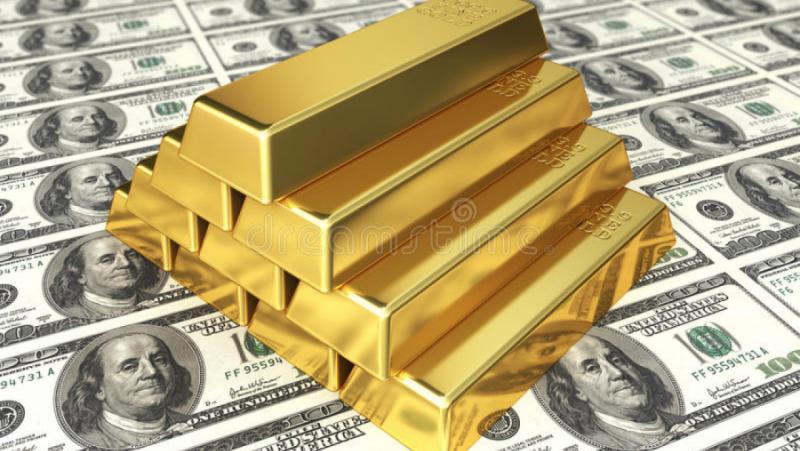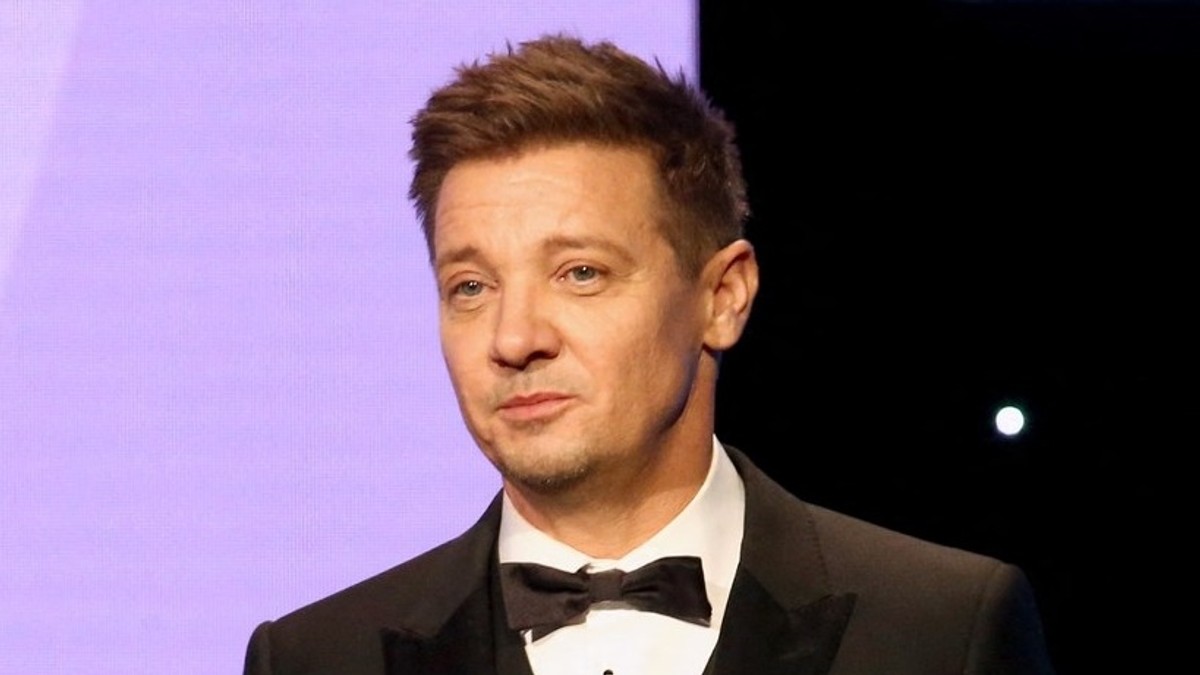/Pogled.info/ Last year was a record year for purchases of gold by central banks around the world. And from 2023, experts are waiting for a continuation. It is accepted that countries rush to buy gold before the coming crisis in order to experience it less painfully. But how often do they succeed in predicting the future?
This year may show another record for gold purchases by countries for their reserves. Thus, the People’s Bank of China increased gold reserves by about 15 tons in January, reaching 2,025 tons. In the previous two months, NBK bought a total of 62 tons of the yellow metal.
Last year has already become a record for government procurement of precious metals. Central banks bought 1,136 tons of the precious metal for $70 billion. This is a record since 1967.
The annual report of the World Gold Council (WGC) says that in 2022, central banks not only became net buyers of gold for the thirteenth year in a row, but also bought the second largest amount of the precious metal in history since 1950 since then. This is an exceptional situation.
Buying or selling gold is not just a transaction, it is an indicator of the situation in the world economy and even geopolitics. Gold is considered a major safe-haven asset in times of crisis, unlike the dollar, and countries buy it as a safety net in case of trouble. And they sell it, on the contrary, during the stabilization of the situation.
“Buying gold in such volumes as they are now is a clear and completely accurate sign of an impending global crisis, which has been talked about for a long time. Last year, this momentum was fueled by inflation, which in the US and the EU reached record levels in 40 years. And although inflation is slowing in the US and Europe, there are ample signs of a very long and deep crisis in the economies of developed countries. When many, including the IMF, the Federal Reserve, the World Bank, etc., are talking about another “Great Depression”, countries start buying gold, which only increases in price during a crisis, and get rid of investments in less stable assets – currencies and bonds that can lose their value in a short time,” says analyst Artyom Deev. This principle is equally valid not only for central banks. Everyone is bracing for a global recession. Investment funds, commercial banks, world-famous investors also bought gold last year, he adds. Even individuals, citizens of the whole world, including Russians, joined in buying coins and bullion.
So, individuals in Russia in 2022 also bought gold in record volumes. Sberbank, VTB, Promsvyazbank, Moscow Credit Bank and Tinkov Bank, which work with physical gold, managed to sell gold bars weighing 64-67 tons for a total of about 200 billion rubles.
“When the guns are roaring, buy gold” is a well-known principle that is now used by many – both countries, and banks, and citizens. This is a way to secure your savings in a situation where the situation is too unpredictable, when everything can change very quickly and for the worse,” says Deev.
Apart from the economic uncertainty, the geopolitical one is also frightening. “If there is a serious military conflict in the center of Europe, where threats of using nuclear weapons are possible, this creates risks of a third world war,” said financial analyst Alexander Potavin.
“In the spring and summer of 2022, Russians rushed to buy gold, as there were no other alternatives to invest funds amid the military conflict in Ukraine, as the world’s reserve currencies in the Russian Federation moved into the risk asset category due to sanctions.” Later, an alternative appeared in the form of the yuan, so purchases of gold by citizens decreased,” the expert explains.
The expert expects further growth in gold purchases by central banks and individuals in 2023, given that various risks remain.
“However, demand for the precious metal by central banks may be more moderate in 2023 than last year, given the overall reduction in reserves.” For example, during a similar surge in gold purchases by central banks 55 years ago, the following year they were almost twice as low, but also amounted to a significant amount,” notes Potavin.
Meanwhile, Valery Emelyanov, an expert on the stock market, believes that central banks do not really know the future and almost always react to what is happening with a delay.
“Ideally, it is believed that the Central Bank should stockpile gold during years of prosperity and reserve growth and spend when trouble comes in the form of a currency or debt crisis. In practice, the majority fails to guess everything so well,” says the expert and gives historical examples.
“The longest period of active sales of gold reserves lasted in the 1990s, and its peak was already in the early 2000s. This was the heyday of the US economy, the rapid growth of the world economy. Central banks saw no point in hoarding the metal when there was little or no stress on the economy and banks. Therefore, they were completely unprepared for the events of 1997-1998 and 2007-2008,” says Emelyanov.
And the last time the post-recession surge in gold purchases was in 2010 after the subprime crisis of 2007-2009. it never happened. Before that, for almost 20 consecutive years, central banks only sold gold. In 1980 and 1989 there were spikes in demand amid the cyclical crises of the time, but again after they passed. Regulators are always late in this regard”, argued Emelyanov.
Therefore, only time will tell whether central banks have guessed the future this time or not.
Translation: V. Sergeev
Subscribe to our YouTube channel: https://www.youtube.com
and for our Telegram channel: https://t.me/pogled
Log in directly to the site www.pogled.info. Share on your profiles, with friends, in groups and on pages. In this way, we will overcome the limitations, and people will be able to reach the alternative point of view on the events!?
Become a friend of Look.info on facebook and recommend to your friends


